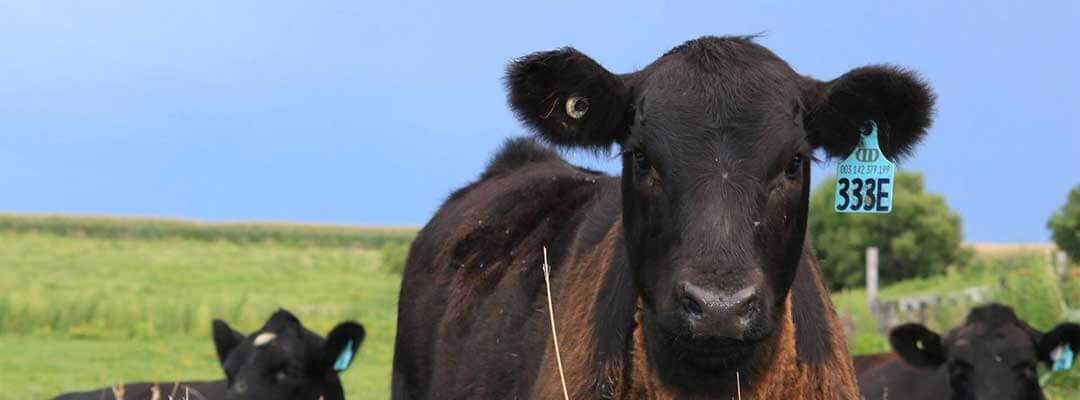Cattle Identification: Incorporating Official ID and Genetics

For better visibility of cattle diseases and potential disease outbreaks, the USDA Animal and Plant Health Inspection Service (APHIS) has enforced the traceability of livestock.
What Does This Mean?
Official cattle ear tags applied must showcase an official U.S. shield. The official USDA 840 series tags are compliant with these ongoing regulations. Orders for official livestock ear tags will require a Federal Premise Number (PIN), which represents the location where animals are housed. Cattle producers can register with their state board of animal health for a PIN. Official cattle identification standards have been set by the USDA to ensure that each state recognizes and accepts livestock identification from other states.
Beef cattle requiring official identification:
Dairy cattle requiring official identification:
Official identification must consist of one form of approved ID, such as:
Progress Herd Genetics
By leveraging tissue sampling, cattlemen can have access to key data that progresses operational profits -- such as genetic data, BVD diagnostics and more.
Advancements in genetics testing allow producers to have animal DNA analyzed for parentage verification, genetic selection, BVD diagnostics or other genome mapping. Tissue Sampling Units (TSU) are used to punch and collect tissue sample from an animal’s ear. As each tissue punch is collected, it is automatically sealed inside the collection tube in a specially designed preservative. This process allows clean, easy and efficient collection of tissue for testing.
Find essentials for livestock production here. For questions and additional information, contact our Technical Service team at 800-468-0059.


